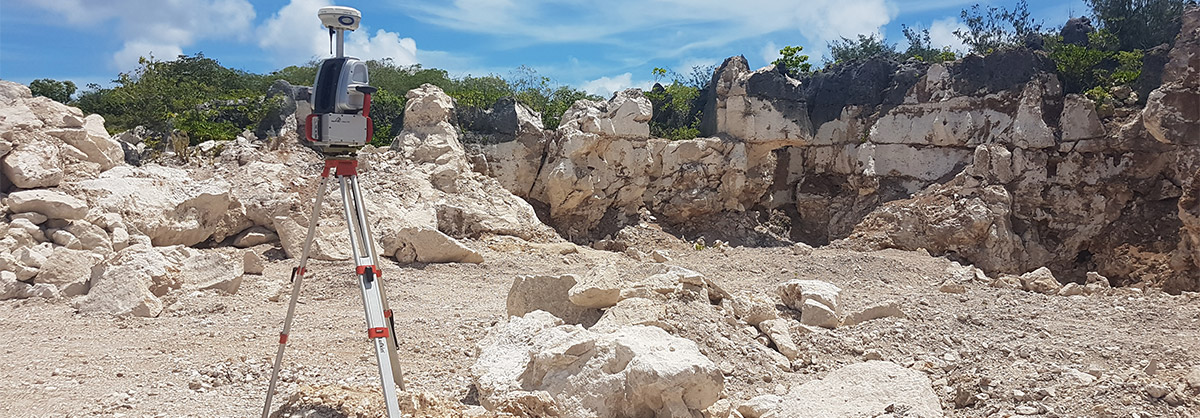September 2018 Issue Index
Modelling phosphate deposits
Maptek software and hardware solutions are helping the Republic of Nauru Phosphate Corporation to measure and model phosphate deposits on the Pacific Island.
Maptek solutions are helping the Republic of Nauru Phosphate Corporation (RONPHOS) to model, map and measure phosphate deposits on the Pacific Island nation of Nauru, situated about 3000 km northeast of Australia.
Phosphate, the naturally occurring form of phosphorus, is exported primarily for use in agriculture. Overwhelming demand for the high quality Nauru rock is driven by the growth in food production and development, particularly in Australia and South-East Asia.
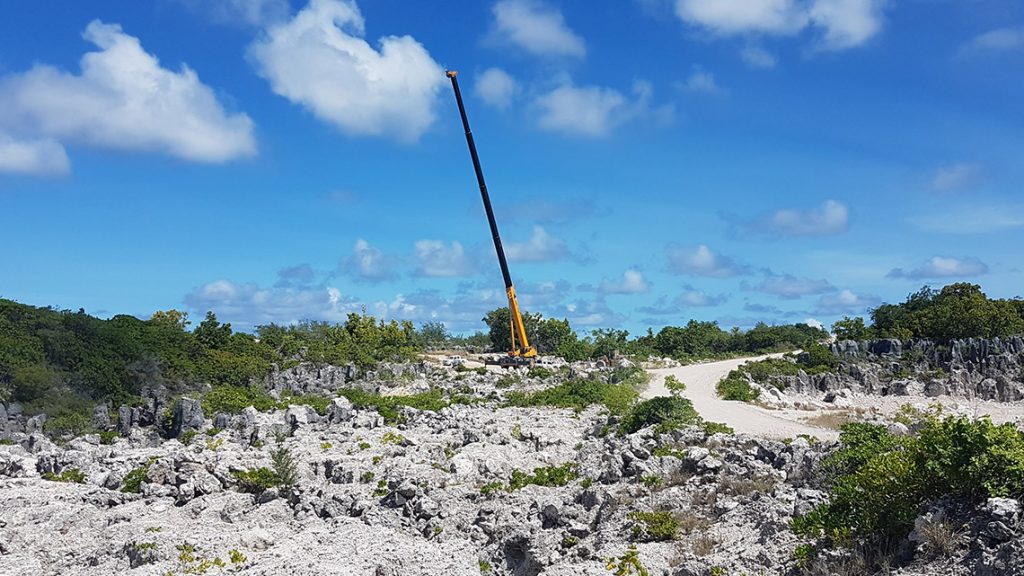
Phosphate mining was central to the economy of the 21 km2 island until the depletion of its primary mines in the 1980s.
RONPHOS was established in 2005 to maintain and operate the phosphate industry on Nauru in a safe, efficient and profitable manner as mining and exports resumed.
The first pass of mining selectively extracted phosphate, leaving behind dolomite pinnacles as waste. RONPHOS now faces the challenge of accessing these remaining deposits, which cannot be mined using traditional methods.
Modelling
Maptek Vulcan software was used to model the remnant dolomite pinnacles from aerial lidar data of the as-mined topography.
Modelling showed the existence of additional phosphate below the current mined surface, occurring as remnant dolomite pinnacles, some as tall as 12 m.
Due to the spacing of the aerial data there is uncertainty as to the exact location of the pillars. So 3D laser scanning was used to provide precise positioning information on the dolomite pinnacles in an area targeted for testing the new mining methodology.
By extrapolating the dolomite pinnacles to depth, an estimate of remnant phosphate was made using Vulcan block modelling.
The new phase of mine operations involves a program of backfilling and then complex drill and blast to remove the exposed tops of the pinnacles to the level of the remaining phosphate. This will allow secondary mining of the phosphate.
Laser scanning
During a week-long trial, a Maptek LR3 laser scanner fixed to a 45-metre crane boom was used to undertake accurate topographical mapping.
The 3D laser scanner provides greater penetration of vegetation and more accurate, detailed data than aerial lidar and photogrammetry.
The fast, lightweight LR3 has a range of up to 1200 m, is accurate to 4 mm, and can be wirelessly controlled through a tablet for remote scanning. The laser scanner can also be used for tasks such as stockpile reconciliation and engineering surveys.
Data collected by the laser scanner is processed using Maptek I-Site Studio software. Scans taken on a tripod can be easily integrated with RTK GPS for georeferencing and used as a reference for the uncoordinated crane scans to be registered into mine grid coordinates.
Mining trial
After backfilling, knowing the exact position and size of the pinnacles allowed RONPHOS to determine where to drill and to what depth. The trial provided enough information for RONPHOS to mine the secondary deposits for three months.
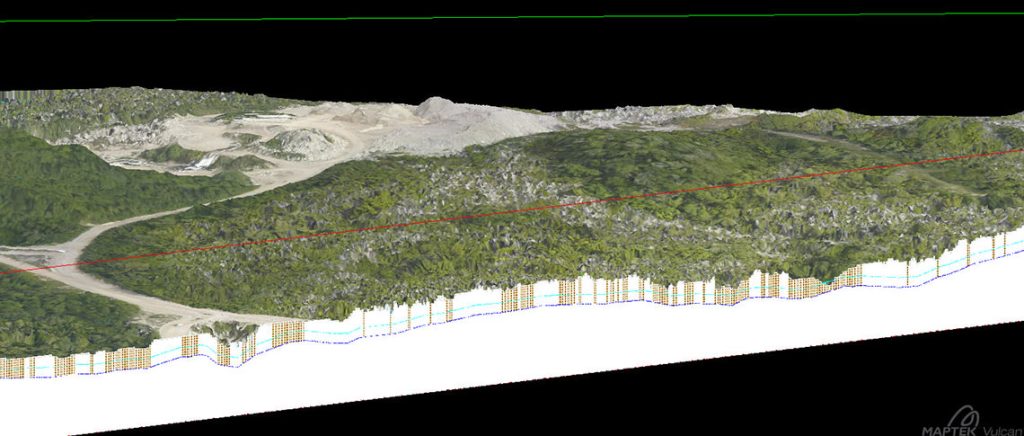
Mining Manager Paul Haynes said the trial had been hugely successful and led to the purchase of a Maptek laser scanner, accessories and software.
‘Phosphate recovery from this trial pit was in line with the recoveries estimated by our Vulcan block model,’ Haynes said. ‘Being able to quickly and accurately map the pinnacle fields underpins our whole methodology.’
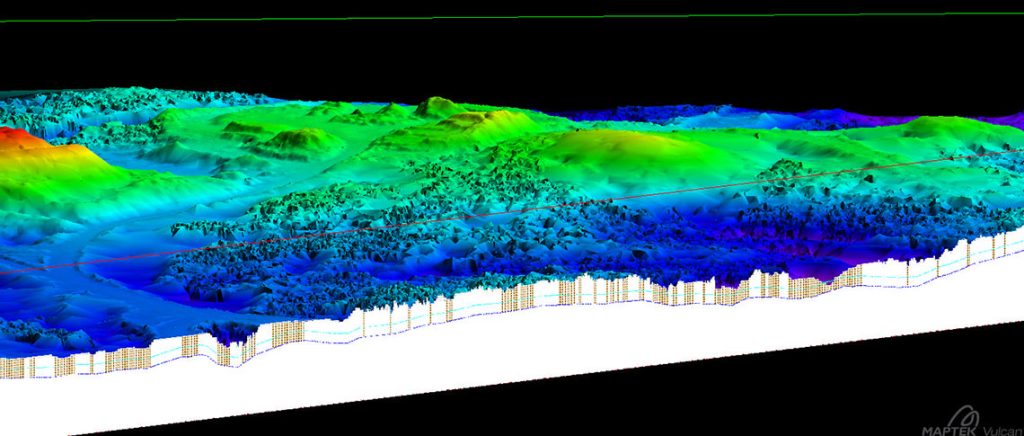
‘Without the LR3 we wouldn’t be able to progress mining at a rate sufficient to make the operation viable. The ability to get our drillholes in exactly the right location first time is critical to clearing the pinnacles efficiently and minimising toe and associated rework.’
Haynes said phosphate mining had underpinned Nauru’s economy for more than a century.
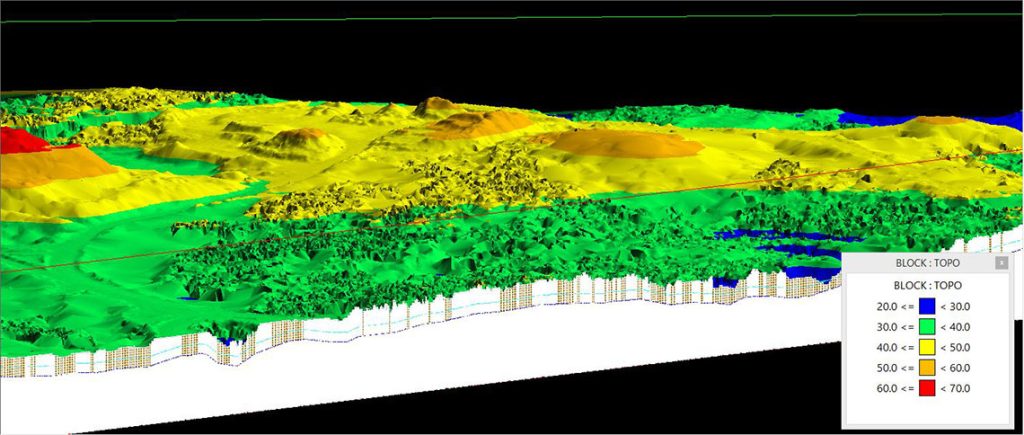
‘Mining the remnant phosphate resource will allow royalties to continue to flow to the Government, landowners and the wider community. It will also provide capital for rehabilitation work.’
The company hopes the success of this project will help secure finance to continue mining and keep this vital element of Nauru’s economy strong for decades to come.
Thanks to
Paul Haynes, Mining Manager
Republic of Nauru Phosphate Corporation

